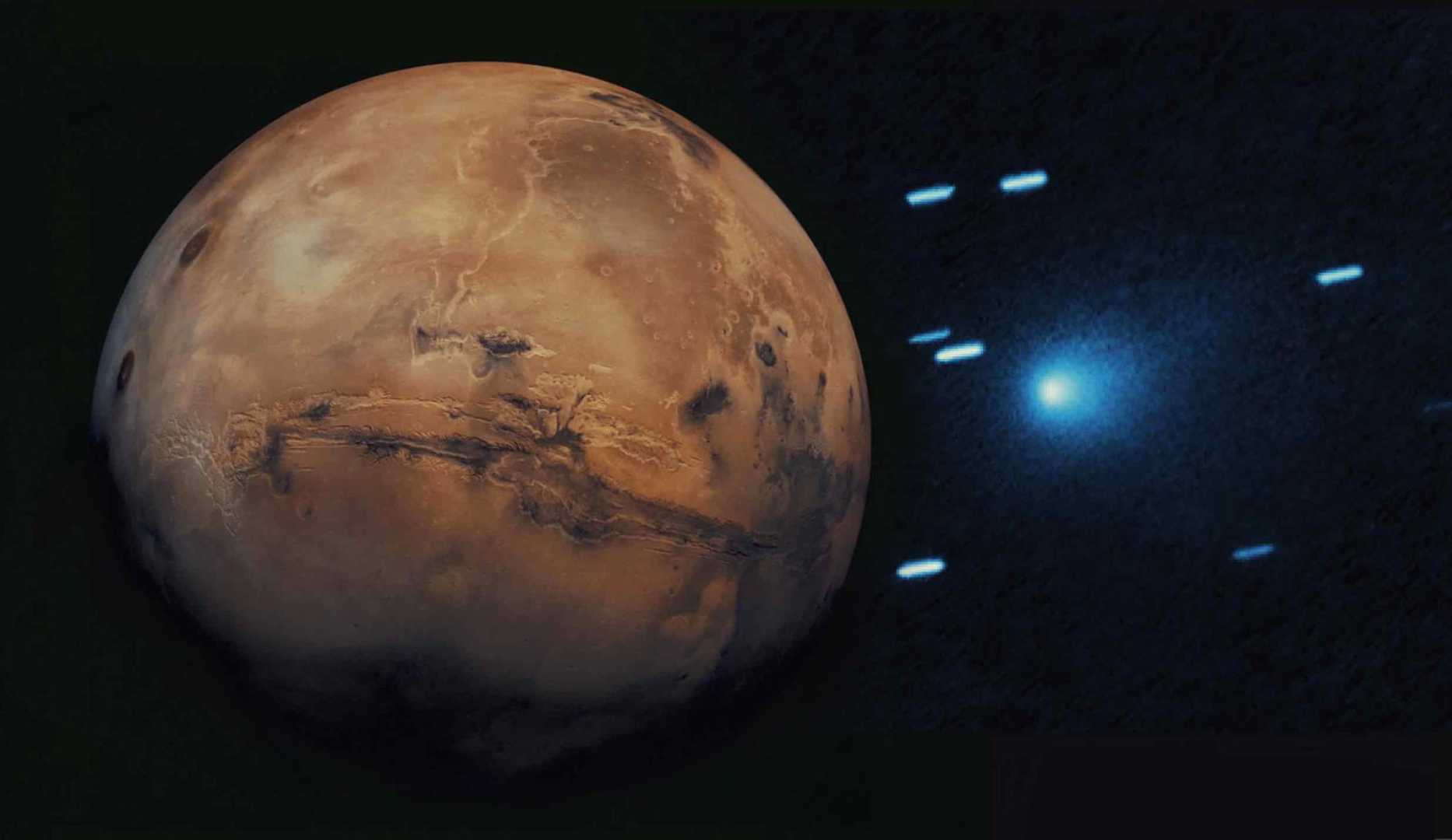News
Comet 3I/ATLAS Sparks Theories and Concerns as It Approaches Mars

MONROE, NJ — The interstellar comet 3I/ATLAS is making waves in the scientific community as it nears Mars, with various theories surrounding its origin and trajectory. Discovered by NASA‘s ATLAS telescope on July 1, 2025, the comet will make its closest approach to Mars on October 3, creating excitement and concern among astronomers and the public.
NASA has stated the comet’s trajectory is unbound from the Sun’s gravity, and it is traveling at speeds exceeding 130,000 mph. As the comet passes, it is expected to reveal valuable data about its composition and potential origins as it moves through our solar system.
Concerns over possible threats have arisen, particularly on social media, where some users speculate about its potential as an alien probe or a significant threat to Earth. These rumors intensified following a recent article in the New York Post that described the comet as a potential “alien tech” object.
NASA and the European Space Agency have confirmed that 3I/ATLAS poses no danger to Earth, clarifying that its closest distance was approximately 270 million kilometers on July 21, 2025. The comet is set to reach perihelion, its closest approach to the Sun, on October 30, around 210 million kilometers away.
While mainstream scientists view it as a rare comet providing insights into interstellar materials, speculation persists about its unusual characteristics. The object exhibits color changes and non-gravitational trajectory deviations that some researchers argue could suggest an artificial origin.
The scientific community remains cautious, with ongoing observations from various telescopes, including NASA’s James Webb Space Telescope and ESA’s Mars orbiters. As further data is collected, scientists hope to reveal whether 3I/ATLAS is simply a peculiar comet or something more significant.












